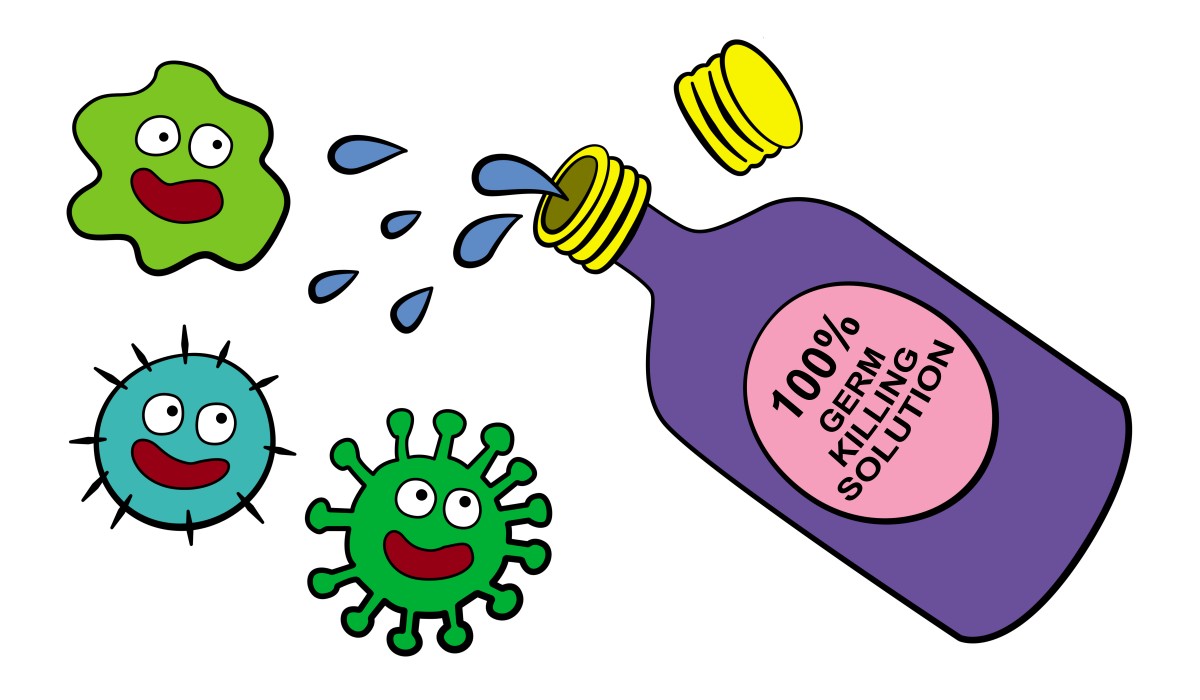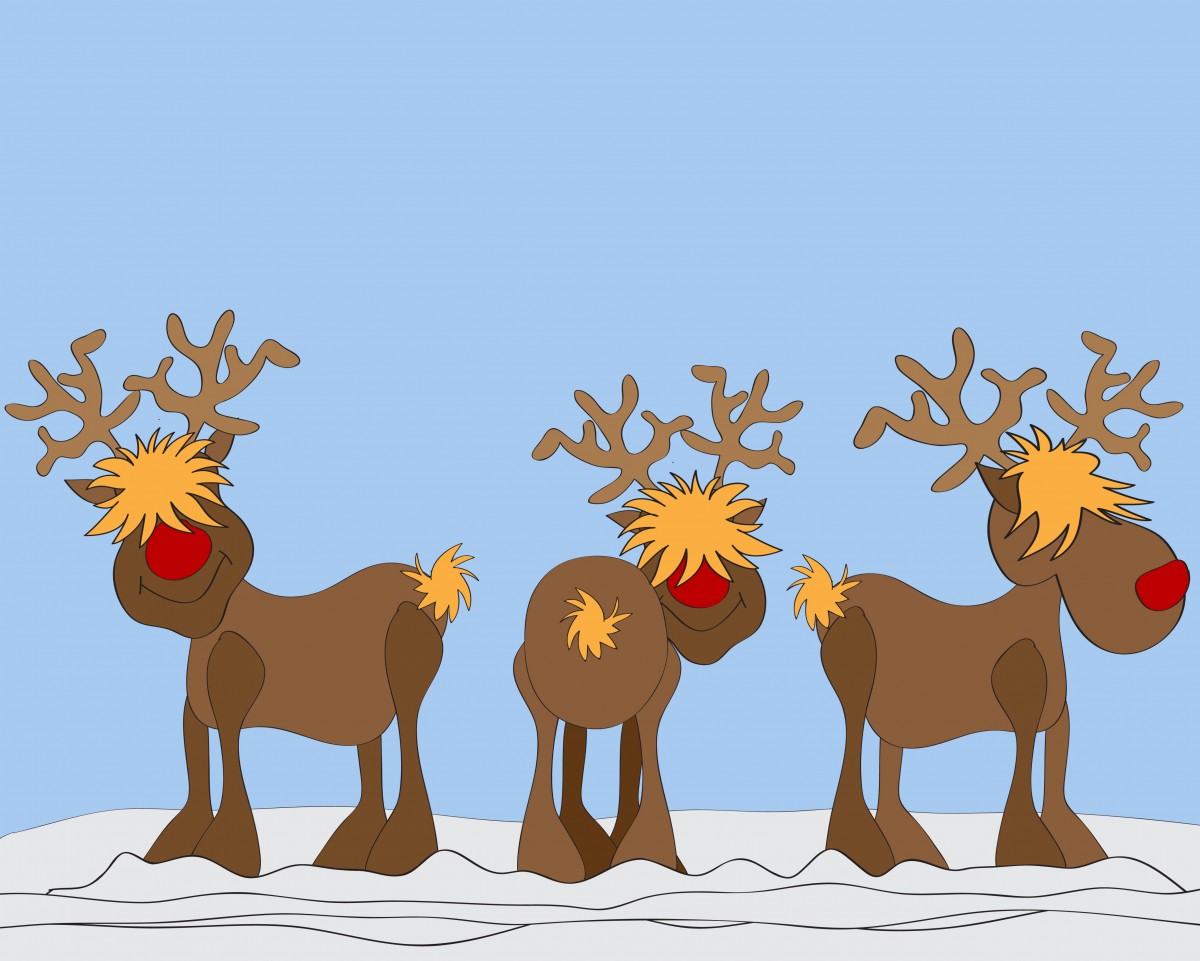I have to confess I loathe a self-checkout. They’re buggy, frustratingly slow, and a tragic sign that businesses are willing to take livelihoods away from real people in the name of commerce. I can feel my cells dying when the sensor accidentally double-scans my liter of milk and I have to wait ages for a poor, run-off-ther-feet clerk to restore justice to the world. But I was resigned to what seemed like a certain fate: With our mania for integrating technology into our lives, the self-checkout was unfortunately here to stay. 
But, according to the venerable BBC, the future of the technology is far more complicated. It seems that the multi-million dollar investment in the supermarket’s Next Big Thing (that started in the ’90s!) has peaked. Users and proprietors alike have a variety of reasons to have had it up to here with the self-serve kiosks. For the former, see my above litany of flaws! And for the latter, they can facilitate outright fraud (remember that whole “ring everything in as bananas” hack?).
“In a 2021 survey of 1,000 American shoppers, 60% of consumers said they prefer to use self-checkout over a staffed checkout aisle when given the choice, yet 67% of consumers have had the technology fail while trying to use it.
The bottom line is businesses want to cut costs, and shoppers want to get in and out of a store. If self-checkout isn’t the answer, they’ll find another avenue.
‘It’s not that self-checkout technology is good or bad, per se… [but] if we try self-checkout and realize we’re not benefiting from it, we might switch back to not using it,’ says Amit Kumar, an assistant professor of marketing and psychology at the University of Texas, who studies consumer behaviour and decision-making.
That appears to be happening in many cases, as customers’ frustrations with the technology persist. But [sociology professor Christopher] Andrews says that while stores may change up their strategies – as seen with Dollar General and others – many large retail chains are likely to keep kiosks in stores due to sunk costs. ‘They spent billions putting it in stores, and are hoping they can still get the public to buy into it,’ he says.
While the shine is off this particular apple, stores seem to be willing to offer more opportunities to choose between staffed and unstaffed checkouts, versus throwing the tech to the curb entirely. What a capitalist choice, putting both options in the hands of consumers and seeing which come out on top! I know I’m in camp Have a Lovely Chat About the Weather with a Living Human over here. But either way, we consumers will come out of it with our groceries, one way or another!

Good thing I have well-mannered friends, otherwise I’d have to keep this dispatch in mind during my next party! Bon Appetit has done a recent deep dive into the real science behind double dipping. The act of dunking, say, a corn chip into a bowl of salsa, biting off the dipped part, and then going back for more with the saliva-bedecked Tostito is all well and good if you’re on your own. (Add a rainstorm outside and a good book, and that’s what I call a perfect afternoon!) But at a shindig with others, it’s a recipe for rudeness – if not bacterial transmission.
The article cites a study from Clemson University, in which the students involved first dipped bitten crackers in plain water, then in water where the pH was lowered to mimic the acidity of common snack dips. The bitten cracker delivered about 1000 more bacteria per millilitre of water than the control (unbitten) cracker. When a bitten cracker was dipped into the acidic water, the initial measurements were similar, but some of the bacteria were killed off by the acid over a two-hour wait.
“Lastly, the focus shifted to various dips: salsa, chocolate syrup, and jarred cheese dip, each differing in pH and viscosity. The researchers found that when ‘clean’ crackers were used, the dips harbored negligible additional bacteria. However, after being exposed to a double-dipped cracker, the amount of germs harbored in each dip also differed: Salsa accumulated approximately five times more bacteria than the chocolate and cheese dips. And two hours later, the bacterial counts in the salsa reduced to levels similar to the other dips.
This can be explained by a couple of factors: A thin dip like salsa is more likely to drip from your bitten chip back into the communal dip, dragging your lurgies along with it. ‘In a thicker food the bacteria are going to be more immobilized and not spread throughout the dip,’ [food scientist Dr. Donald] Schaffner says. But salsa is also more acidic than the others, obliterating some of the bacteria over time.”
Bacterial levels in dips can also be affected by what kind of bacteria your double dipper has in their mouth, how much of it, and the temperature at which the dips are served. Having the details laid out in black and white by such a simple experiment is quite illuminating. It seems this time-honoured point of etiquette has a scientific basis. Even if it didn’t I’d still single dip at parties – but in my own home, that salsa is mine!

The only time I’ve really thought about my tongue is when I’ve burned it on hot soup or pizza or coffee, and then that unpleasant numb and sandpapery sensation gets in the way of all the awesome things I want to taste for a day or two. Otherwise, it’s justmy words and staying out of the way of my teeth, and doing a bunch of actually really complex and difficult stuff completely unconsciously… Now that I think about it, go tongues!
Researchers have discovered another superpower the muscular mouth organ can add to its list: Each has a distinctive “tongue print,” likened to a fingerprint, that may tell the secrets of the human its attached to. The University of Edinburgh-based team used AI to analyze silicone casts of fifteen subjects’ tongues, taking microscopic scans and creating comprehensive maps of their taste buds. There were some surprising predictive results.
“The research, published in the journal Scientific Reports, found that a single papilla could predict someone’s gender and age with moderate accuracy, up to 67% – 75%, and even the specific individual could be identified from the 15 study participants with about 48% accuracy (a random predictor would have an accuracy of just 6.66%).
While further studies are needed to confirm this in larger numbers of people, the study provides some of the first evidence that tongue papillae could act as unique identifiers, the authors said. […]
Studying how the distribution of papillae varies across individuals and populations could provide new insights into why certain people or groups like some foods more than others, and how tongue features correlate with various medical conditions.”
This phenomenon could be a boon to the nutrition of the future as well, helping scientists understand how a food is interpreted by different tongues in order to pare down the fat content without losing flavour, for example. The hardworking, humble tongue has some mysteries left; it’s up to us to become aware of the miracle in our mouths, and crack them!
In this space, we’ve looked at the many ways food scientists are innovating alternatives to traditional foods, with the frequent goal of taxing our poor planet less. They’ve done cheese, meat, chocolate – and now coffee!
The massively popular, hot (or cold) caffeinated beverage is traditionally made from beans that thrive at a specific altitude and temperature. With climate change, well, changing climates everywhere, researchers with the American Chemical Society have decided to get ahead of the misery in store for Java addicts and find out if we can do without the real thing. First, they lab-grew cells from the leaves of Coffea arabica plants, rather than beans themselves.
“Then the cells were freeze-dried, ground into a fine powder and roasted under three different conditions. Longer roasting times produced colors similar to dark roast coffee beans; the  researchers mentioned this was important for flavor perception. Additionally, the current lab-grown powders contained twice as much caffeine as previous bioreactor coffee products, although the current powders’ levels were much lower than those in farmed beans. The team brewed beverages with the roasted cell cultures or dark roast C. arabica beans and served them to trained taste-testers.”
researchers mentioned this was important for flavor perception. Additionally, the current lab-grown powders contained twice as much caffeine as previous bioreactor coffee products, although the current powders’ levels were much lower than those in farmed beans. The team brewed beverages with the roasted cell cultures or dark roast C. arabica beans and served them to trained taste-testers.”
The testers reported findings that, depending on how hooked you are on the jitter juice, could be promising, or distressing. Among them: bitterness was similar; aromas of burnt sugar and smoke were more present; and some distinctive flavour was lost simply because the plant cells don’t have the same compounds in them (guaiacol and pyrazines) that coffee beans do. But it is heartening to hear that, no matter what terrible things we persist in doing to our delicately balanced ecosystem, we can still grind up some sort of roasted biological substance, and still get that sweet, sweet burst of caffeine!

I’m sure Santa’s reindeer are napping right now after a gruelling night delivering presents to good children all over the world. And now, new research has shown that they’re probably doing it while eating – according to scientists from the University of Zurich. This team has discovered a behaviour unique to reindeer, where the ruminant animals maximize both their sleeping and snacking by doing both at the same time. They believe this helps the reindeer take advantage of long northern days during the growing season, stuffing themselves for the long winter ahead.
Reindeer extract the most nutrients out of their cellulose-heavy diets by passing food up and down their series of four (!) stomachs, and back up into their mouths – as “cud” – to be further broken down by ruminating. By running a sleep trial of sorts on four Eurasian tundra reindeer from a captive herd in Norway, the researchers determined that the reindeer’s brains were rested after ruminating cud, in a way that would not have been possible if they were fully conscious.
“EEG brainwave recordings revealed the reason why: When the reindeer are ruminating, their brain waves resemble those during non-rapid eye movement (REM) sleep. Because they seem to enjoy the benefits of such sleep while serenely chewing their cud, the animals are rested after ruminating. […]
And when ruminating, the deer displayed behaviors that are more akin to those expected during sleep. For example, they stood or sat quietly and did not react to disturbances, such as neighboring deer moving around, as they would when awake. A neighbor standing up or sitting down would draw a reindeer’s attention 45 percent of the time when awake, the study found, but only 25 percent of the time when ruminating and just 5 percent when the animals were completely asleep.”
As someone who has long wanted to holiday multitask by snoozing on the couch while simultaneously destroying a plate of latkes, I’m envious of this reindeer talent. (And their workload – I’ll take one night of wall-to-wall hard work per year, with holiday pay, no problem.) I’m also fascinated by this particular animals’ experience of sleep, which we humans define so narrowly. I wish them all the rest they need or want – and you too, dear reader, this holiday season! We at DFC hope your New Year brings lots of shared meals, togetherness, and delicious adventures.